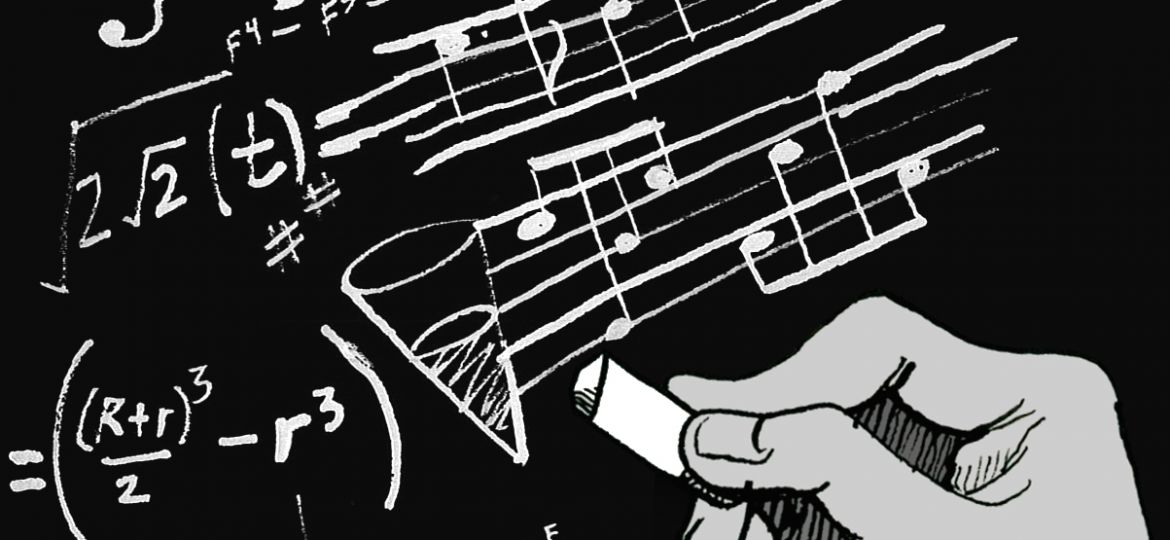
Music and mathematics proved to be a compelling combination at Eugenia Cheng’s Oct. 2 concert and lecture, titled “Sum of the Score: Math and Music.” Cheng earned her PhD in mathematics from the University of Cambridge and is currently the scientist-in-residence at the Art Institute of Chicago. However, she also happens to be an accomplished classical pianist.
“Well yes, there is counting in music and there is counting in math, but that’s really the most boring part of music and the most boring part of math put together,” Cheng said, assuaging any audience concerns that the concert would be a glorified theory lesson. Instead, Cheng explored ways that mathematical principles can be used to understand why a piece of music behaves and moves listeners the way it does.
For example, after Cheng played Bach’s “Well-Tempered Clavier Prelude in G-Minor,” she explained her difficulty grasping the piece’s polyphony (multiple lines of simultaneous, independent, intertwining melodies). Cheng showed how she “graphed” the rises and falls of each voice in order to conceptualize the relationships between the melodies.
Accompanied by Chicago Symphony baritone Peter Wesoloski, Cheng played pieces by Schumann, Wagner and Debussy. She walked the audience through the ways subtle differences in ratios, least common multiples and prime numbers underlie the distinct tone and emotion of each song.
“Mathematics cannot explain everything in music,” Cheng said. “When I try to figure out why a piece moves me, there is always something I can’t explain, just beyond everything that I can explain, but I think the most beautiful things are right at the interface between what we can explain with logic and what we cannot.”
She closed by using one last math analogy to emphasize that this mystery should not put a damper on the study of music.
“That is not to say we shouldn’t try to understand, because the more we expand the sphere of human understanding, the more surface area that sphere has, so there will be more interface between the logical and the illogical, making room for even more beautiful things.”
Cheng’s talk at Carleton’s Applebaum Recital Hall was part of St. Olaf and Carleton’s annual speaker series, “Math Across the Cannon.” She gave two more talks the next day, titled “Category Theory and Life” and “The Art of Logic.”

